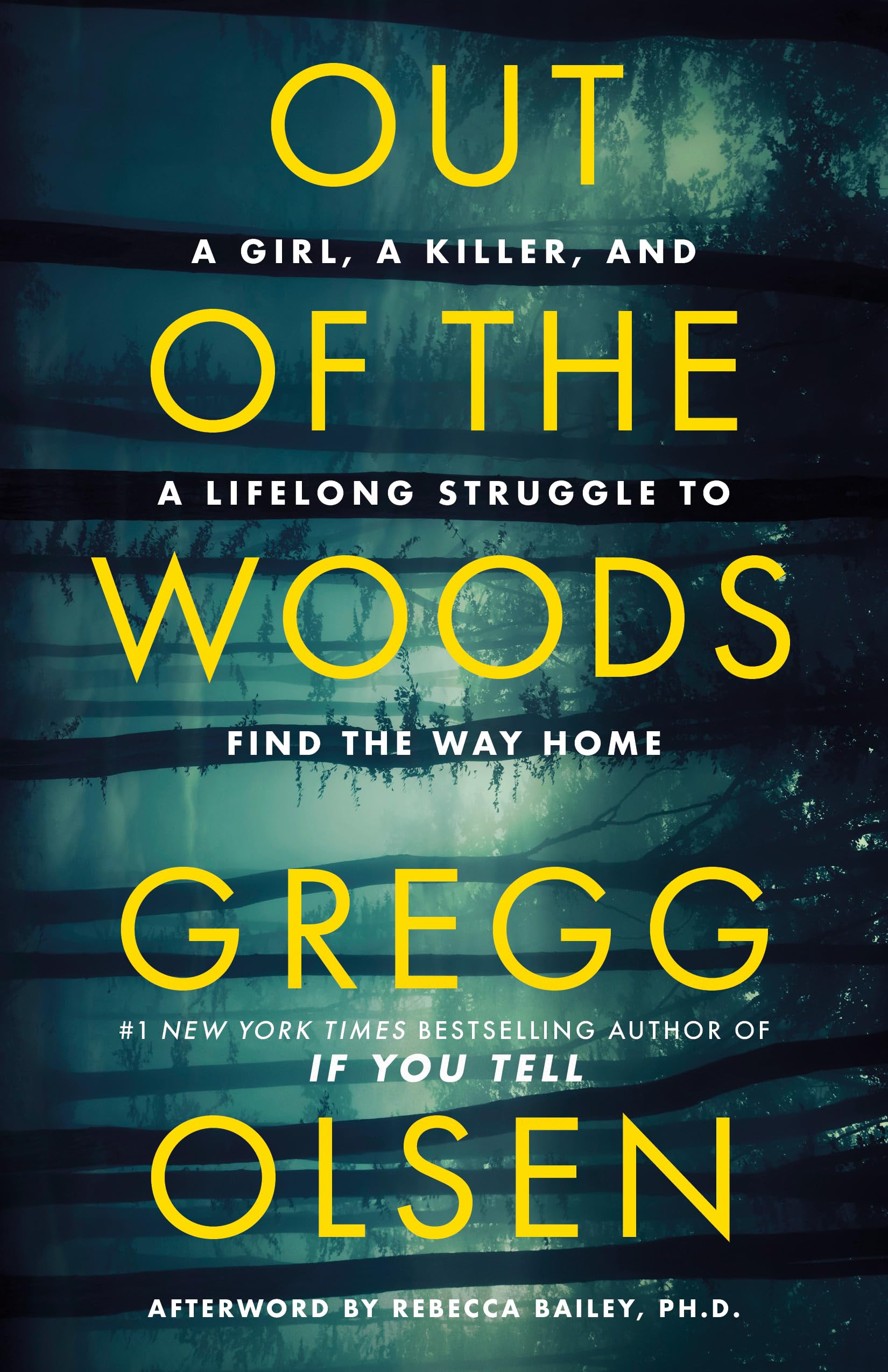
Gregg Olsen’s Out of the Woods: A Girl, a Killer, and a Lifelong Struggle to Find the Way Home is one of the most unsettling and emotionally raw true crime books of recent years. It revisits the notorious 2005 Groene family murders and the survival of eight-year-old Shasta Groene, abducted by serial killer Joseph Edward Duncan III. Yet Olsen’s book is not simply about the crime it is a profound exploration of what it means to survive unimaginable trauma and to live with its scars long after the headlines fade.
This is not a story of triumphant recovery. It is not a redemptive arc where the victim grows stronger through suffering. Instead, Olsen delivers a difficult, devastating truth: sometimes survival is just the beginning of another battle.
A Crime That Shook America
In May 2005, Idaho authorities discovered the Groene family brutally murdered in their home. Two children, Shasta and her brother Dylan, were missing. For forty-eight days, they were held captive in the wilderness of Montana by Duncan, a sadistic predator whose crimes defy comprehension. When a waitress recognized Shasta and alerted police, the nightmare ended for her but not the suffering.
Olsen’s recounting of the Wolf Lodge murders and the children’s captivity is unflinching but not exploitative. He carefully balances necessary detail with restraint, never sensationalizing the horror. The result is haunting rather than voyeuristic. Duncan’s own writings and confessions are used sparingly to expose the calculated evil behind the crimes, while ensuring readers never lose sight of the victims’ humanity.
Survival Without Salvation
Where Out of the Woods truly distinguishes itself is in its portrayal of Shasta’s life after rescue. Olsen follows her from childhood through the turbulent years that followed: addiction, arrests, failed therapy, and moments of fragile hope. This part of the book may frustrate readers who expect closure or healing, but it is the most honest aspect of the narrative.
Shasta’s trauma did not vanish with her rescue. Instead, it reshaped her life, trapping her in cycles of pain that the world expected her to “move on” from. Olsen exposes the failures of systems meant to help her from therapists who dismissed her trauma to institutions that confused control with care. Through it all, Shasta’s struggle to reclaim her own story becomes the book’s emotional core.
The Ethics of Telling Trauma
It is impossible to read Out of the Woods without questioning whether such intimate pain should be shared publicly. Yet Olsen’s approach feels rooted in respect and collaboration. The book was written with Shasta’s full participation over several years, and it reads as both confession and reclamation. By revisiting her darkest experiences, she takes ownership of a story that once defined her without her consent.
Still, the graphic and repetitive nature of the narrative can be emotionally exhausting. Some readers, like Carolyn Walsh in her Goodreads review, found it too distressing to finish. The book’s non-linear timeline also poses challenges, often jumping between past and present in ways that disorient rather than deepen understanding.
Craft, Research, and Emotional Truth
Stylistically, Olsen’s prose alternates between clinical precision and raw emotion. His short, clipped sentences during tense moments mimic the fragmented consciousness of trauma survivors, while longer reflective passages invite readers into the psychological weight of survival. The research behind the book is meticulous, incorporating court documents, interviews, and therapeutic records, yet Olsen never loses sight of the human story.
Perhaps his greatest strength lies in his willingness to confront his own learning curve. He admits that he once believed in neat resolutions and the power of therapy to fix what had been broken. Shasta’s story forces him and us to accept that some wounds do not heal neatly, and some forms of survival are ongoing acts of endurance.
A Story That Demands Courage
Out of the Woods is a difficult book to read, and it should be. It asks readers to sit with discomfort, to face the reality that trauma does not end with rescue, and that justice does not equal healing. This is not a comforting story, but it is an essential one.
Gregg Olsen and Shasta Groene have created something extraordinary: a portrait of survival that strips away false hope and honors the painful complexity of living after horror. It is not a story that leaves you inspired it leaves you changed.
For readers of true crime who seek more than the crime itself, Out of the Woods offers a brutal, necessary reminder of the human cost behind every headline.
Buy the book here: https://amzn.to/46XwSAO


